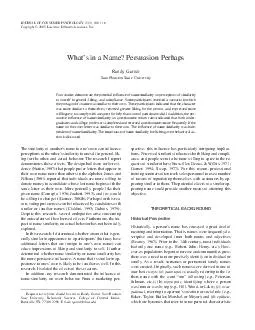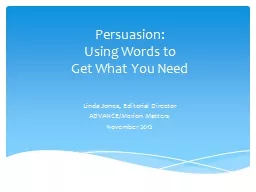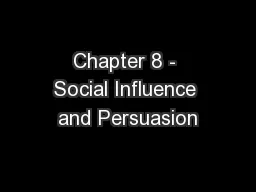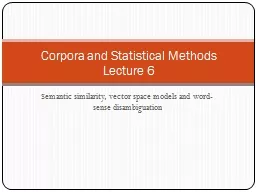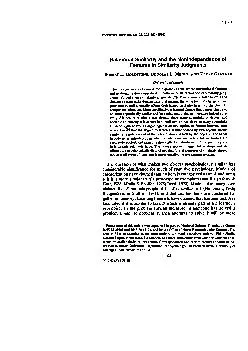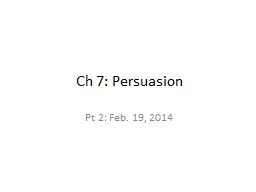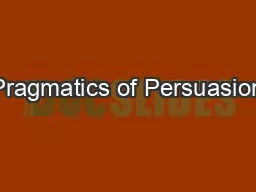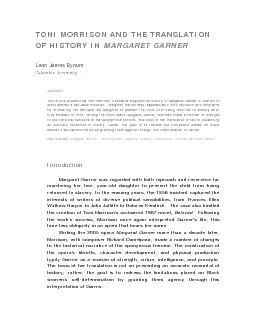PDF-Whats in a Name Persuasion Perhaps GARNER NAME SIMILARITY AND PERSUASION Randy G
Author : stefany-barnette | Published Date : 2014-10-06
Some participants received a scenario in which the protagonists name was similar to their own These participants indicated that the character was more similar to
Presentation Embed Code
Download Presentation
Download Presentation The PPT/PDF document "Whats in a Name Persuasion Perhaps GARNE..." is the property of its rightful owner. Permission is granted to download and print the materials on this website for personal, non-commercial use only, and to display it on your personal computer provided you do not modify the materials and that you retain all copyright notices contained in the materials. By downloading content from our website, you accept the terms of this agreement.
Whats in a Name Persuasion Perhaps GARNER NAME SIMILARITY AND PERSUASION Randy G: Transcript
Download Rules Of Document
"Whats in a Name Persuasion Perhaps GARNER NAME SIMILARITY AND PERSUASION Randy G"The content belongs to its owner. You may download and print it for personal use, without modification, and keep all copyright notices. By downloading, you agree to these terms.
Related Documents

